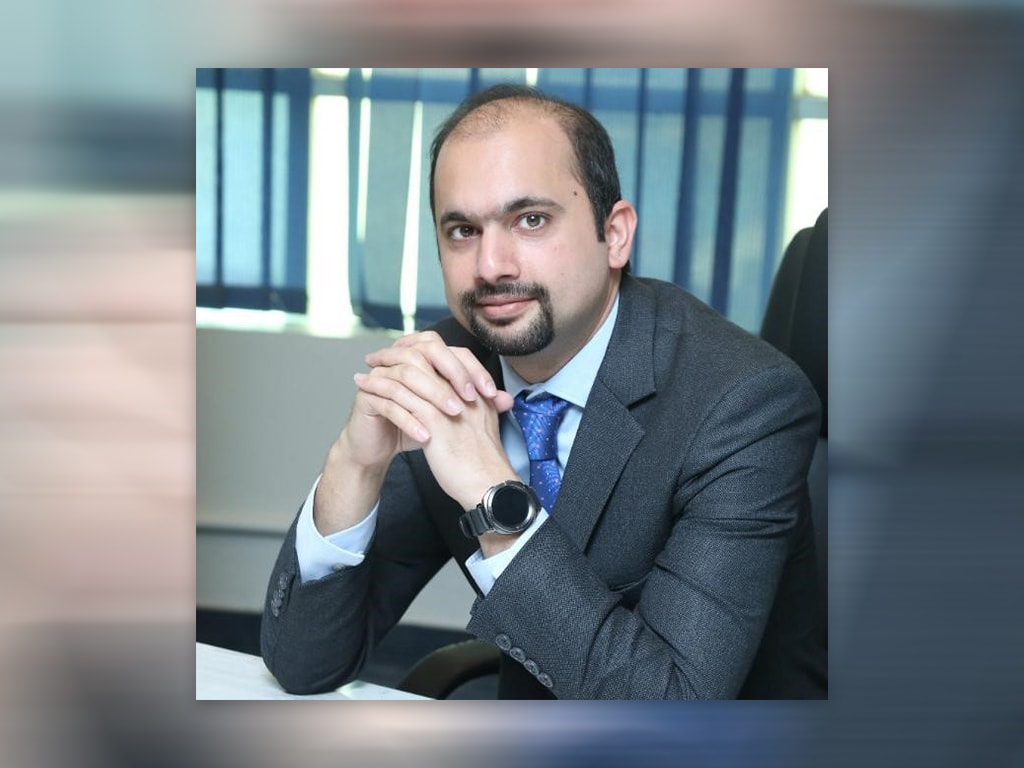Interview with Murtaza Khalil, CEO BIMA Milvik
Murtaza Khalil Hassan is the CEO of BIMA Milvik and has over 14 years of experience in the insurance & banking sector in Pakistan where he has been extensively involved in the areas of product development, distribution, and partnerships. Prior to Joining BIMA, he was the head of insurance at Telenor Microfinance Bank (Easypaisa) managing and developing the micro-health portfolio. Murtaza also previously worked at Standard Chartered Bank in the area of Bancassurance; managing investment linked life and takaful portfolios. Murtaza started his career with AIG where he also headed the personal lines department. He holds an MBA in Finance from Institute of Business Management Karachi.
Following are the edited transcripts of a recent conversation BR Research had with Mr. Murtaza Khalil:
BR Research: Tell us about BIMA Model and your global and local presence?
Murtaza Khalil Hassan: Milvik Mobile Pakistan (Private) Limited was incorporated in 2014 and is a subsidiary of Milvik AB (or BIMA) - a Swedish company that is the world’s leading low-cost insurance provider. We are mobile delivered health and insurance services provider. At BIMA, we use mobile technology combined with a human touch to reach customers with vital products they would typically not have access to. We launched in Ghana 10 years ago and we are now operating in 9 markets across Asia and Africa. We have reached 35 million customers and sold over 41 million policies.
We partner with mobile telecoms, mobile money institutions around the world and we specialize in offering health insurance with telehealth services and we focus on maintaining a very high standard of customer experience.
BRR: As an insurance expert, what are the demand side and supply side issues of the insurance sector in Pakistan?
MKH: Pakistan is a land of more than 221 million people, yet insurance penetration remains low at only 0.9 percent of the GDP as per the Swiss Re Sigma Report. Typically, people without insurance cover are low income, daily wage earners who have been excluded from traditional insurance models. Meaning that if they fall ill or the worst should happen, this group are left with out of pocket expenses that are difficult for them to cover.
There is high demand from this group. We consider our base level 1 and level 3 segment of the population earning between $8 to $32 a day (according to the Rosling income levels), who are without cover yet are able to afford the small monthly payments (starting from Rs66 a day) for our vital products.
Traditional insurers have been unable to meet this demand due to high distribution costs and the utilization of payment channels. These insurers usually rely on credit card payment when the reality is that this potential customer base does not have access to these.
Mobile penetration in Pakistan is 75 percent of the population which provides an excellent opportunity to reach people at scale and utilize simple payment methods. By working with mobile operators and mobile money providers, BIMA is able to deduct payment directly from a customer’s account. Our model allows us to keep costs affordable for customers while achieving scale. We are the pioneer of mobile-delivered insurance in Pakistan, and currently reaching 4 million people in the country.
BRR: Do you face competition from micro health insurance services offered by various microfinance institutions (MFIs), microfinance banks, NGOs, and rural support programs?
MKH: There are several start-ups and companies working in the digital health and insurance space. Yet, millions of customers across the globe still do not have access to health and insurance services so there is huge growth potential. Same is the case in Pakistan.
MFIs, microfinance banks, NGOs and rural support programs may offer insurance programs tailored for their borrowers, however many of these institutions are not able to provide standalone products or scale rapidly.
BRR: Is the regulatory environment conducive for services as unique as BIMA’s?
MKH: I think that the regulatory environment has been conducive to establishing a developing insurance industry in Pakistan. Recently regulators have introduced schemes such as the regulatory sandbox to increase growth in different areas including insurance.
BRR: Life insurance is more complex and is probably has less penetration in Pakistan than general insurance. What is BIMA doing differently to attract life insurance clients?
MKH: Generally, in Pakistan life insurance is associated with savings plans; this is more complex than a standard personal accident or term life policy. Part of our role at BIMA is to educate customers on the benefits of insurance and remove some of the misconceptions or complexities.
Life insurance penetration continues to be low in Pakistan. According to the Swiss Re Sigma Report, Emerging Asia Markets excluding China in the last 10 years have shown a stable trend of life insurance at 2 percent. However, in Pakistan the total insurance penetration both Life and Non-Life is not more than 0.9 percent. But we have seen a year-on-year increase of 17 percent in customers signing up for life/ accident cover.
BRR: How did COVID-19 impact your operations given that you specialise in mobile delivered insurance and telemedicine (telehealth) services?
MKH: COVID-19 impacted our operations just as it impacted many other companies. We were however faced with another challenge, which was the challenge of handling increasing number of customers utilizing our telehealth services. Our doctors team led by our Chief Medical Officer planned effectively and ensured that we continued to run our operations keeping well within targeted service levels. Telehealth consultations have increased by more than 50 percent of the call volume we were seeing pre-Covid times.
BRR: What are your plans for the next one year or so?
MKH: In the coming year, we would like to increase access to affordable health insurance and telehealth services by partnering with more entities in the market such as mobile money institutions etc.




















Comments
Comments are closed.